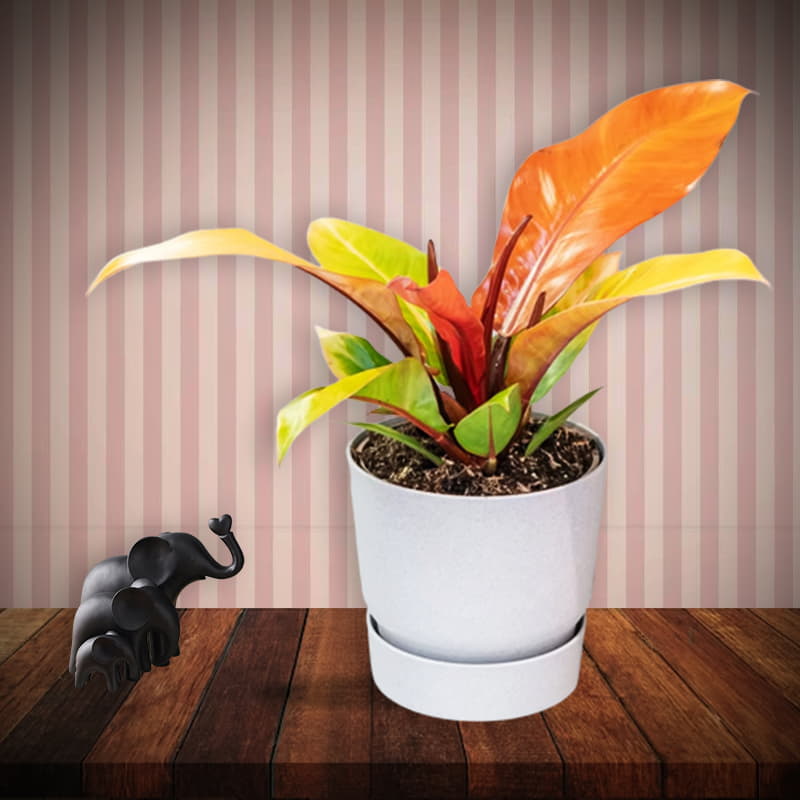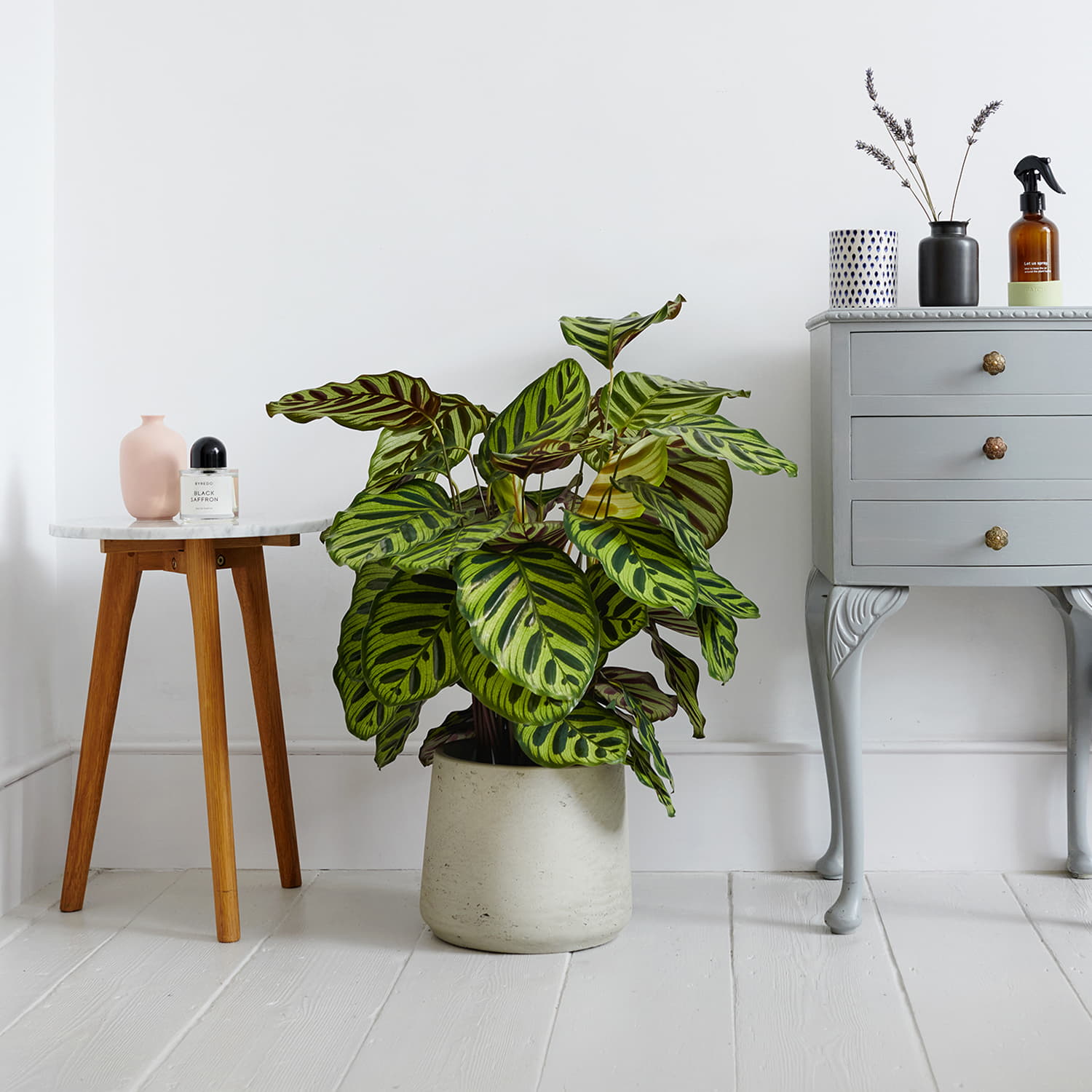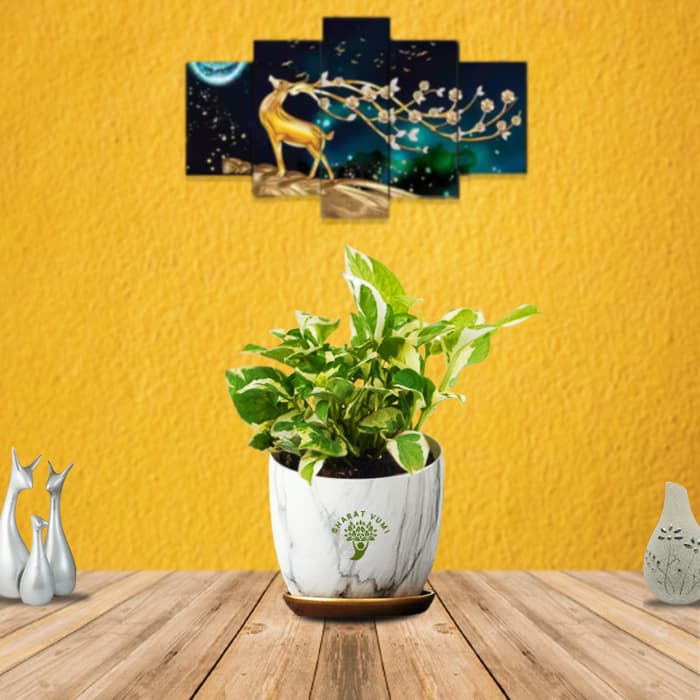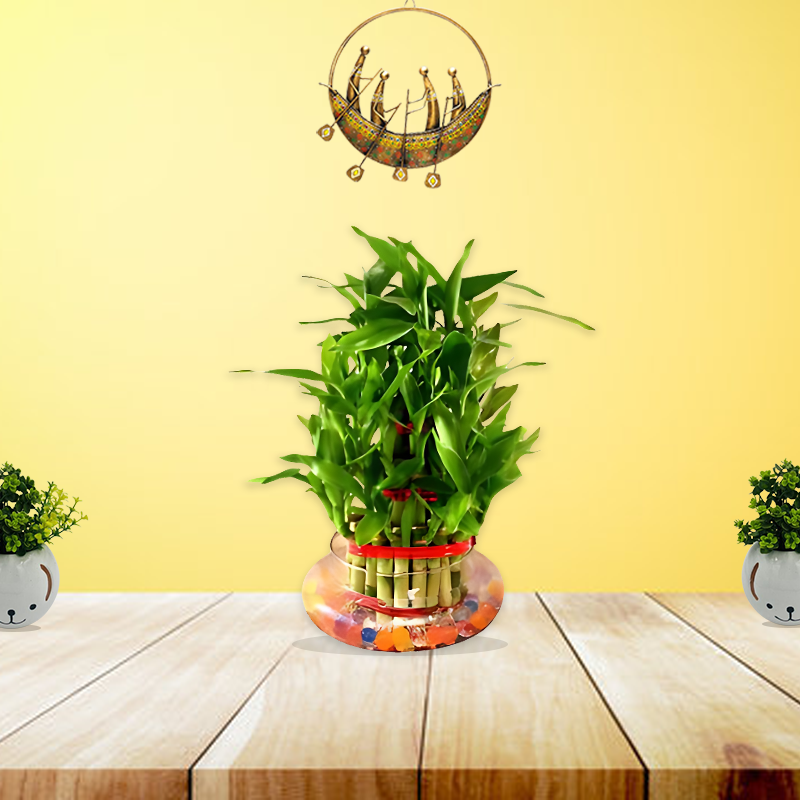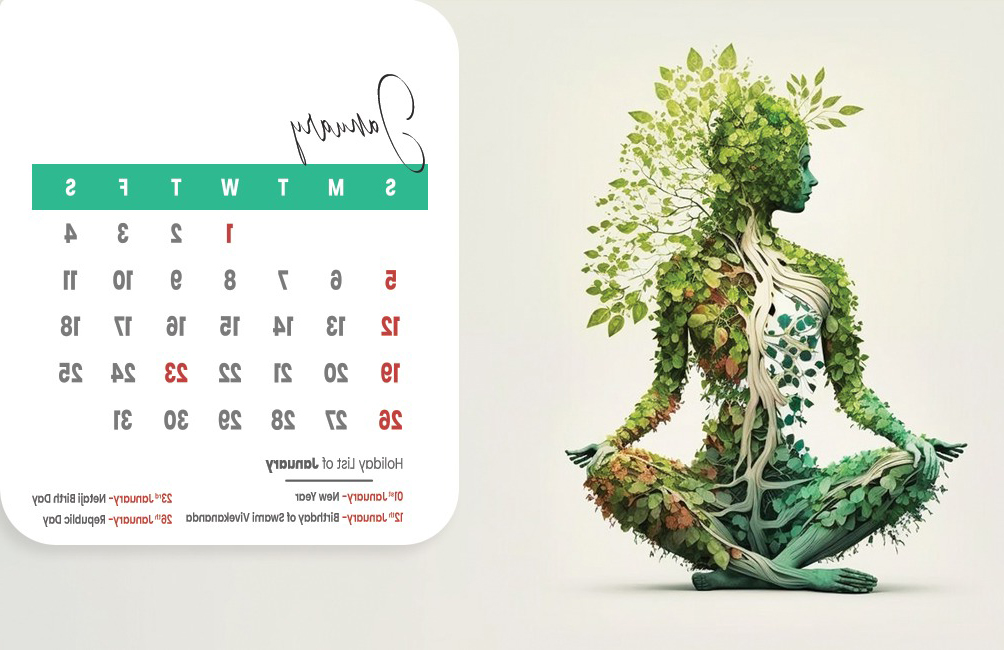Image(s) are for reference. Actual product might vary in some aspects like shape, size etc, from the one given in the image(s). However, we ensure what you get is close to the image(s) and of high quality. Our target is to deliver a healthy and well built plant. So relax after ordering and wait for an excellent delivery from Bharat Vumi that will bring smile on your face.
Plant Description:
Common Name- Philodendron Prince of Orange
Scientific Name- Philodendron erubescens
Family- Araceae
Origin- South America
The Philodendron Prince of Orange is known for its stunning, orange-colored leaves that add a pop of vibrant color to any indoor space. While it has the potential to produce flowers in its native environment, as a houseplant, it is primarily grown for its bold foliage rather than its blooms. Its striking appearance and easy to care nature make it a popular choice among plant enthusiasts.
Benefits/Uses- Philodendron prince of orange provides the benefits of air purification. Plants add a aesthetic appeal with their attractive foliage to any indoor spaces.
Growing Conditions-
1.Soil-
2.Watering- Water thoroughly to saturate the potting medium and let the excess water drain away. Allow the top inch of soil to dry out before watering again. Avoid overwatering, as it can lead to root rot.
3.Temperature-
4.Humidity- Prince of orange prefer higher humidity levels like other philodendrons. They can also adapt to average room humidity. Increase humidity by misting the leaves, or by placing a humidifier nearby, or by grouping all plants together to create a microclimate.
5.Light requirements-
6.Fertilization-
7.Flowering-Philodendron prince of orange can not produce flowers in indoor conditions. They can sometimes produce small, inconspicuous flowers in native areas. This plant is generally grown for its attractive foliage.
8.Important Diseases-
Root Rot-Overwatering or poor drainage can lead to root rot in philodendrons. This fungal disease causes the roots to rot, resulting in wilting, yellowing leaves, and plant death.
Leaf spot-Various fungal or bacterial infections can cause leaf spot diseases in philodendrons. These appear as brown or black spots on the leaves, which can expand and lead to leaf yellowing and defoliation.
Blight- It causes greyish brown fuzzy patches on leaves. Foliar application of streptomycin is helpful to control when the disease first appears.
9.Important Pests-
Mealybugs-These small, cottony pests can infest philodendrons, particularly in leaf axils and along stems. They feed on plant sap and can cause leaf yellowing and stunted growth.
Spider mites- Spider mites are tiny pests that can create fine webbing on philodendron leaves. They feed on plant sap, leading to yellowed, speckled leaves and reduced plant vigor.
Scale Insects- Scale insects appear as small bumps on leaves and stems. They feed on plant sap and can cause yellowing, leaf drop, and overall decline in the plant's health.
*To manage these pests and diseases, it is important to practice good plant care and take preventive measures. Regularly inspect the plants for signs of pests or diseases, maintain proper watering practices, provide adequate air circulation, and avoid overcrowding of plants. If an infestation or disease occurs, apply organic insecticidal soaps or horticultural oils for pests, and fungicides for diseases.
10. Pruning- Pruning is done in philodendron prince of orange to control their size, shape, and promote bushier growth. Remove any yellowed, damaged, or leggy foliage.
11.Propagation- Philodendrons can be propagated through stem cuttings. To propagate philodendron prince of orange, take a 4-6 inch stem cutting with at least one node, remove lower leaves, and plant it in well-drained potting mix. Place in a warm, humid location with indirect light until roots develop, then transplant into a larger pot.
| Type |
Slow growing Evergreen Perennial |
|---|---|
| Benefits |
Improves air quality in the room .Balances humidity levels. |
| Planting time |
Anytime of the year |
| Soil |
Porous well drained airy soil. |
| Watering |
Water it when top two inches of soil is dry, once in a week. |
| Temperature |
18 °C -29 °C |
| Humidity |
High humidity levels , around 60-70% |
| Light requirements |
Bright indirect light. avoid direct sunlight |
| Fertilization |
Liquid fertilizer(mainly nitrogenous) once in a month. |
| Flowering |
Not a flowering plant |
| Important Diseases |
Blight, Leaf Spot, root rot |
| Important Pests |
Thrips, Spider mite, mealy bugs |
| Pruning |
Pruning is done to remove dead and diseased leaves and to induce new growth. |
| Dormancy Period |
Do not have true dormancy period. |
| Propagation |
Stem Cutting |

